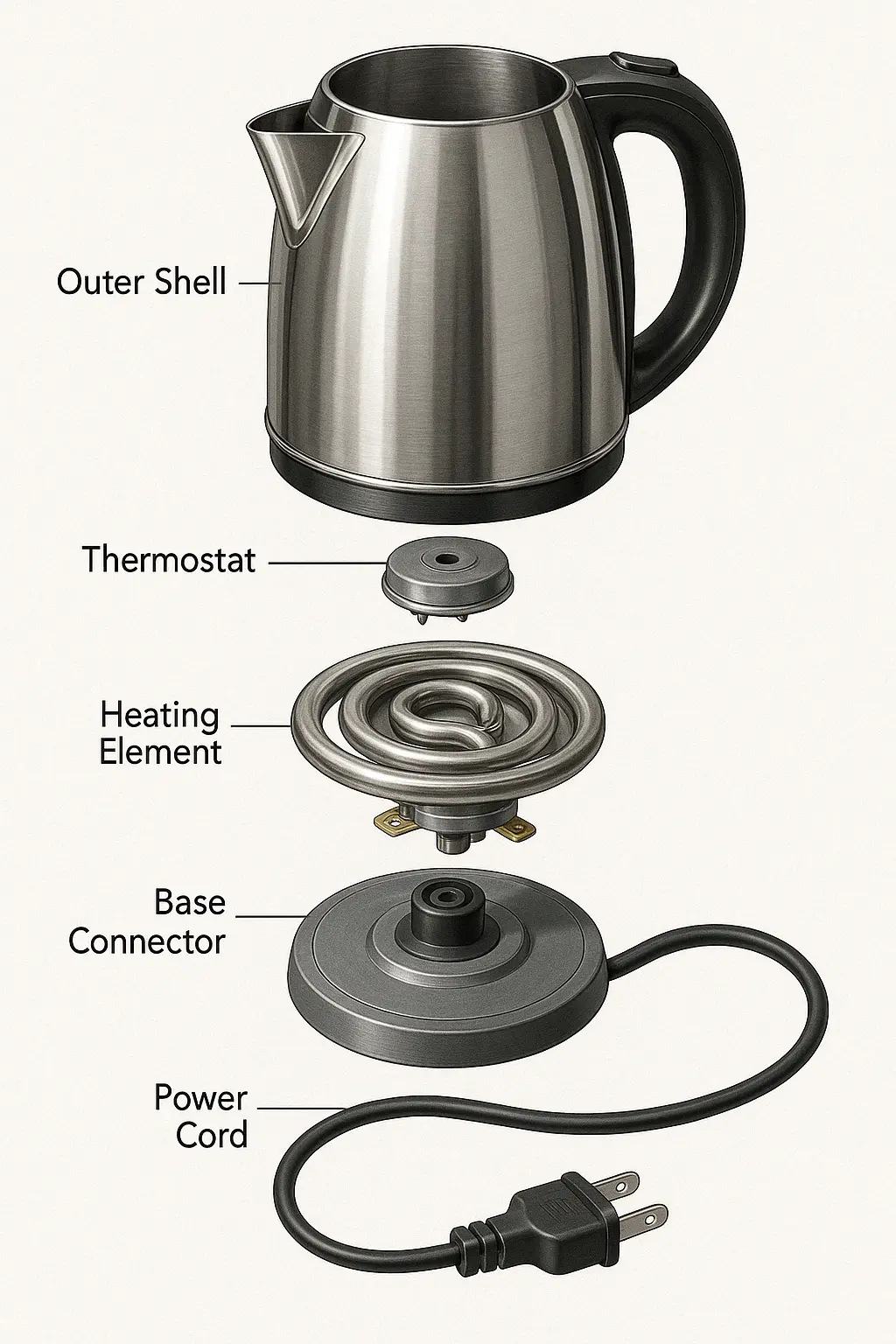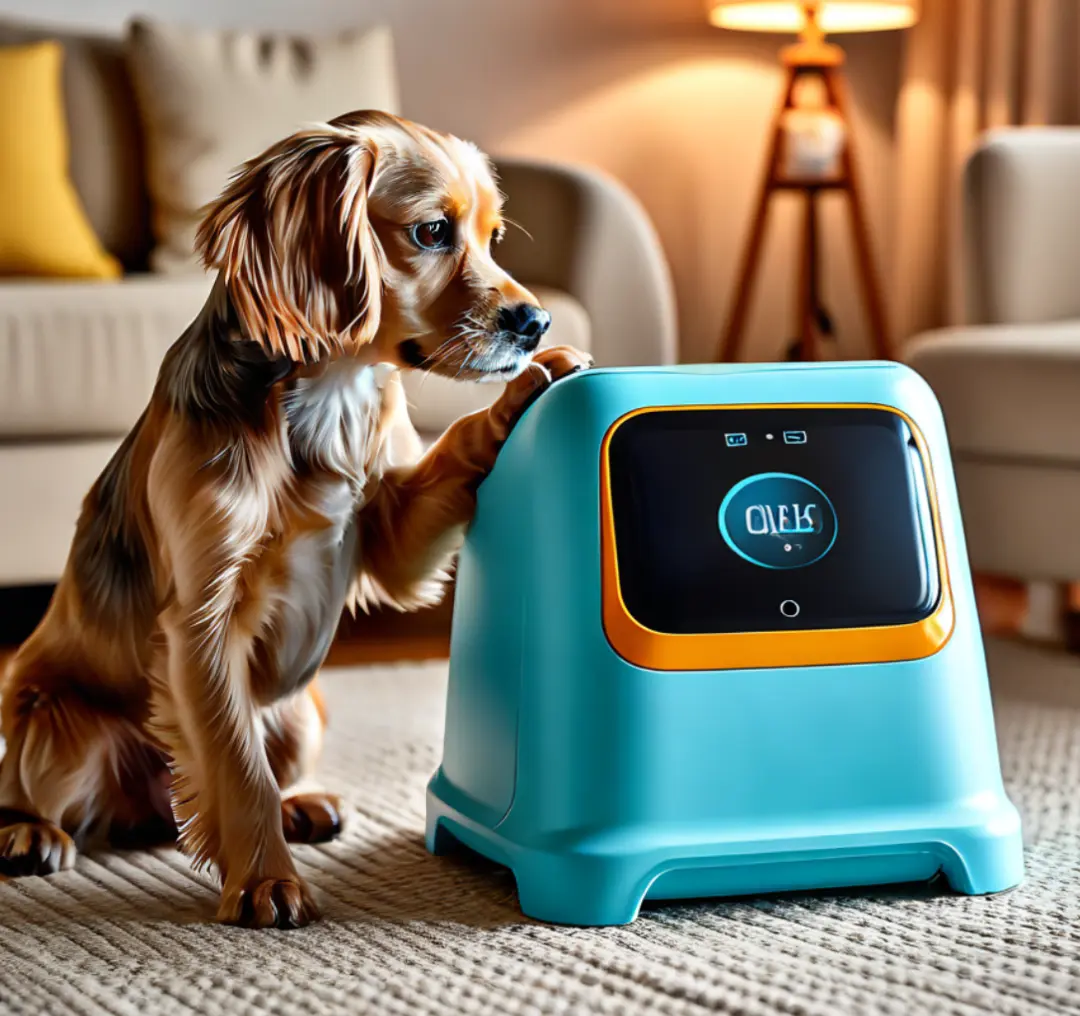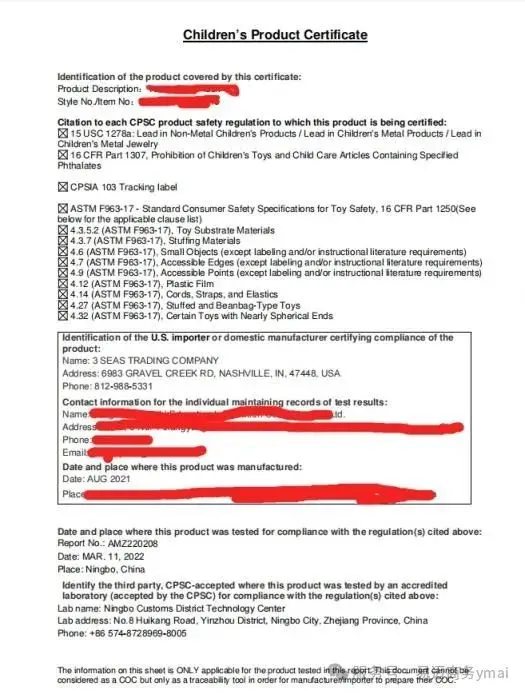
Amazon IEC 17025 Smoke Alarm Test Laboratory
Amazon Policies for Fire and Other Safety Products
According to Amazon's requirements, all fire and other safety products must be tested and comply with the following specific regulations or standards:
1. Smoke Alarm
- Standard: UL 217 (Smoke Alarm Standard)
2. Smoke Detector
- Standard: UL 268 (Smoke Detector Standard for Fire Alarm Signaling Systems)
3. Carbon Monoxide Alarm
- Standard: UL 2034 (Single and Multiple Station Carbon Monoxide Alarms Standard)
4. Household Natural Gas Detector
- Standard: UL 1484 (Household Natural Gas Detectors Standard)
5. Water-Based Fire Extinguisher
- Standard: UL 8 (Water-Based Agent Extinguishers Standard)
6. Carbon Dioxide Fire Extinguisher
- Standard: UL 154 (Carbon Dioxide Fire Extinguishers Standard)
7. Dry Chemical Fire Extinguisher
- Standard: UL 299 (Dry Chemical Fire Extinguishers Standard)
8. Wet Chemical Fire Extinguisher
- Standard: UL 8 (Water-Based Agent Extinguishers Standard)
9. Water Fire Extinguisher
- Standard: UL 626 (Water Fire Extinguishers Standard)
10. Clean Agent Fire Extinguisher
- Standard: UL 2129 (Clean Agent Fire Extinguishers Standard)
11. Smoke Mask
- Standards:
- OSHA 29 CFR 1910.134 (Respiratory Protection)
- ASTM E2952-17 (Standard for Air-Purifying Respiratory Protective Smoke Escape Devices)

Smoke Alarm
Smoke alarms are used to provide audible or visual alarms in a specific area to alert the presence of smoke, indicating a potential fire hazard. These products are typically used in homes.
Smoke Detector
Smoke detectors are part of large fire safety systems that send signals to a fire alarm control panel, alerting the presence of smoke in a specific area, indicating a potential fire hazard. These products are typically used in commercial environments.
Carbon Monoxide Alarm
Carbon monoxide alarms provide audible alarms in a specific area before the concentration of carbon monoxide reaches dangerous levels. Carbon monoxide alarms are used to detect the presence of carbon monoxide from sources such as internal combustion engines, fuel-burning appliances, and fireplaces.
Household Natural Gas Detector
Household natural gas detectors are installed in residential homes and recreational vehicles (RVs). These detectors are used to detect flammable gases such as acetone and natural gas.
Water-Based Fire Extinguisher
Water-based fire extinguishers use water agents to remove the heat element from the fire triangle, thereby extinguishing or controlling small fires.
Carbon Dioxide Fire Extinguisher
Carbon dioxide fire extinguishers extinguish fires by removing the oxygen element from the fire triangle and quickly lowering the temperature to remove heat.
Dry Chemical Fire Extinguisher
Dry chemical fire extinguishers primarily extinguish fires by interrupting the chemical reaction of the fire triangle.
Wet Chemical Fire Extinguisher
Wet chemical fire extinguishers extinguish fires by removing the heat element from the fire triangle and creating a barrier between the oxygen and the fuel to prevent re-ignition.
Water Fire Extinguisher
Water fire extinguishers extinguish fires by removing the oxygen element from the fire triangle and quickly lowering the temperature to remove heat.
Clean Agent Fire Extinguisher
Clean agent fire extinguishers extinguish fires by removing the oxygen element from the fire triangle and quickly lowering the temperature to remove heat.
Smoke Mask
Fire and smoke masks are air-purifying respiratory smoke escape devices (RPED). They are used for escape during a fire and can remove harmful contaminants from inhaled air. These products use (or combine) filters, cartridges, canisters, adsorbents, or catalysts to remove these contaminants.
EU Market Policies for Fire and Other Safety Products
Smoke alarms, combustible gas detectors, and carbon monoxide detectors are commonly used devices for fire detection alarms and hazardous gas alarms. The performance of these products is critical to the operation of the entire fire alarm system and the safety of individuals. Therefore, these products must obtain CE certification before entering the EU market. Meanwhile, smoke detectors/alarms must also comply with the mandatory requirements of the Construction Products Regulation (CPR) 305/2011/EU, with corresponding harmonized standards being:
- EN 14604:2005/AC:2008
- EN 54-7:2000+A1:2002+A2:2006
- EN 54-7:2018
CE Certified Products and Standards
1. Smoke Alarm
- Standard: EN 14604:2005/AC:2008
- Application: Smoke alarms used in residential/recreational vehicles
2. Point-Type Smoke Detector
- Standards:
- EN 54-7:2000/A2:2006
- EN 54-7:2018
- Application: Smoke detectors in fire alarm systems
3. Carbon Monoxide Detector
- Standard: EN 50291-1:2018
- Application: Carbon monoxide detectors used in residential/recreational vehicles
4. Combustible Gas Detector
- Standard: EN 50194-1:2009
- Application: Combustible gas detectors used in residential/recreational vehicles
China JJR Laboratory is an IEC 17025 accredited laboratory, providing testing services for smoke alarms, combustible gas detectors, carbon monoxide detectors, and other products. Feel free to contact us for inquiries.
Email:hello@jjrlab.com
Write your message here and send it to us
 Amazon and Temu Require FCM Test Reports
Amazon and Temu Require FCM Test Reports
 Electric Kettle Amazon Canada Compliance Certifica
Electric Kettle Amazon Canada Compliance Certifica
 Do You Understand Amazon Compliance Certification?
Do You Understand Amazon Compliance Certification?
 Pet Products CE Mark
Pet Products CE Mark
 US Toy Safety Standards
US Toy Safety Standards
 Toy Toxicology Testing CA
Toy Toxicology Testing CA
 CPSIA Compliance for Children's Products
CPSIA Compliance for Children's Products
 Food Contact Items Testing
Food Contact Items Testing
Leave us a message
24-hour online customer service at any time to respond, so that you worry!




